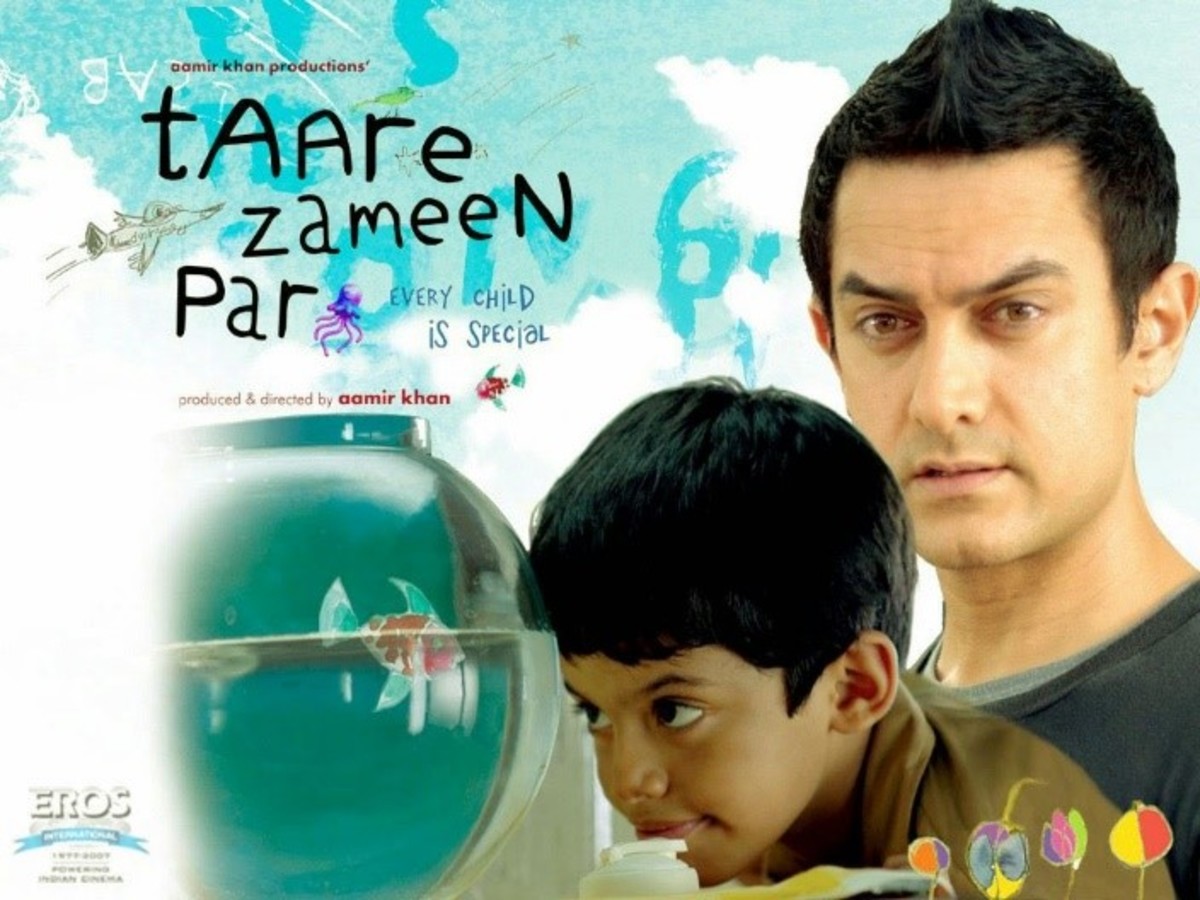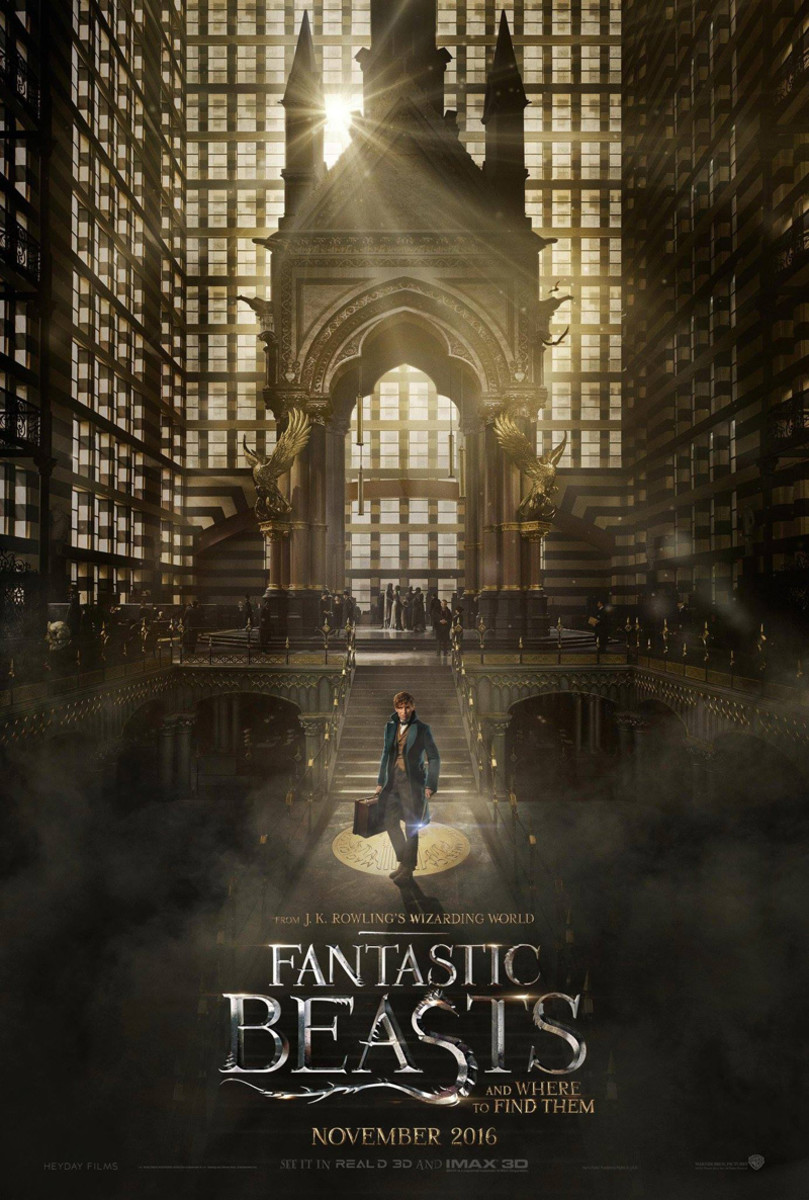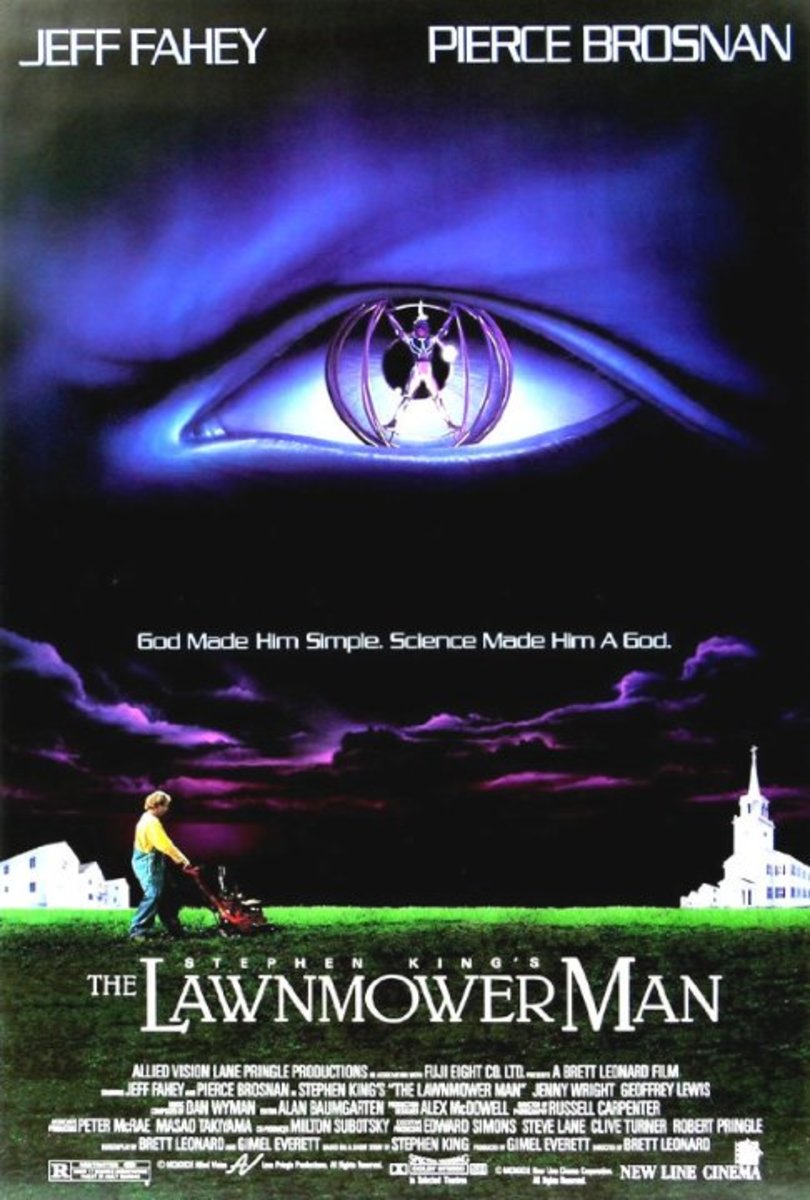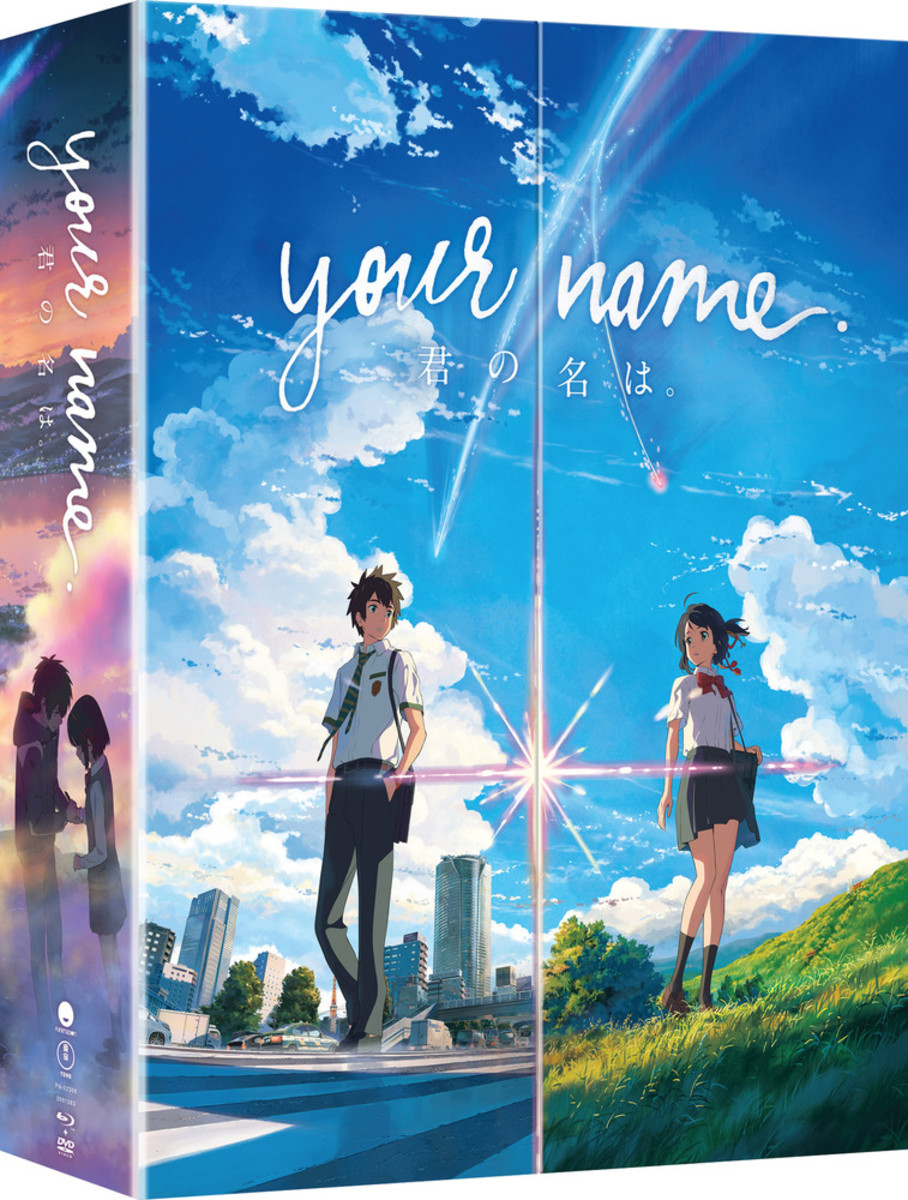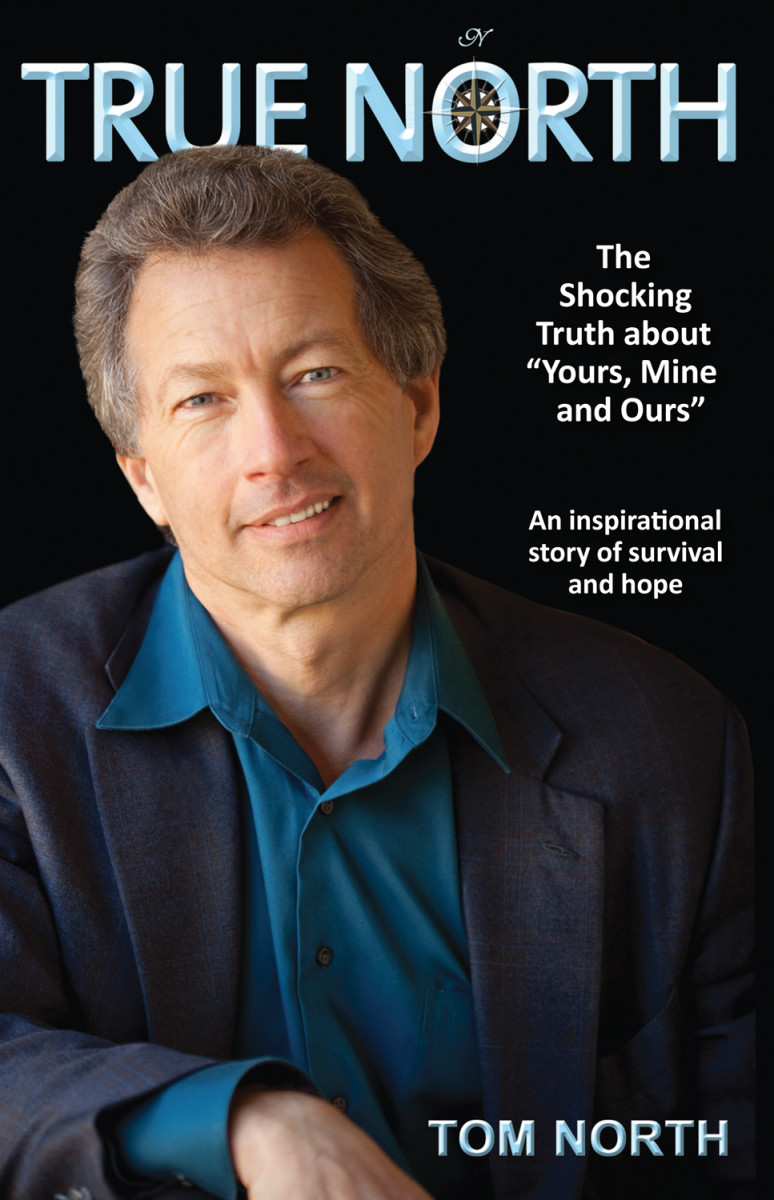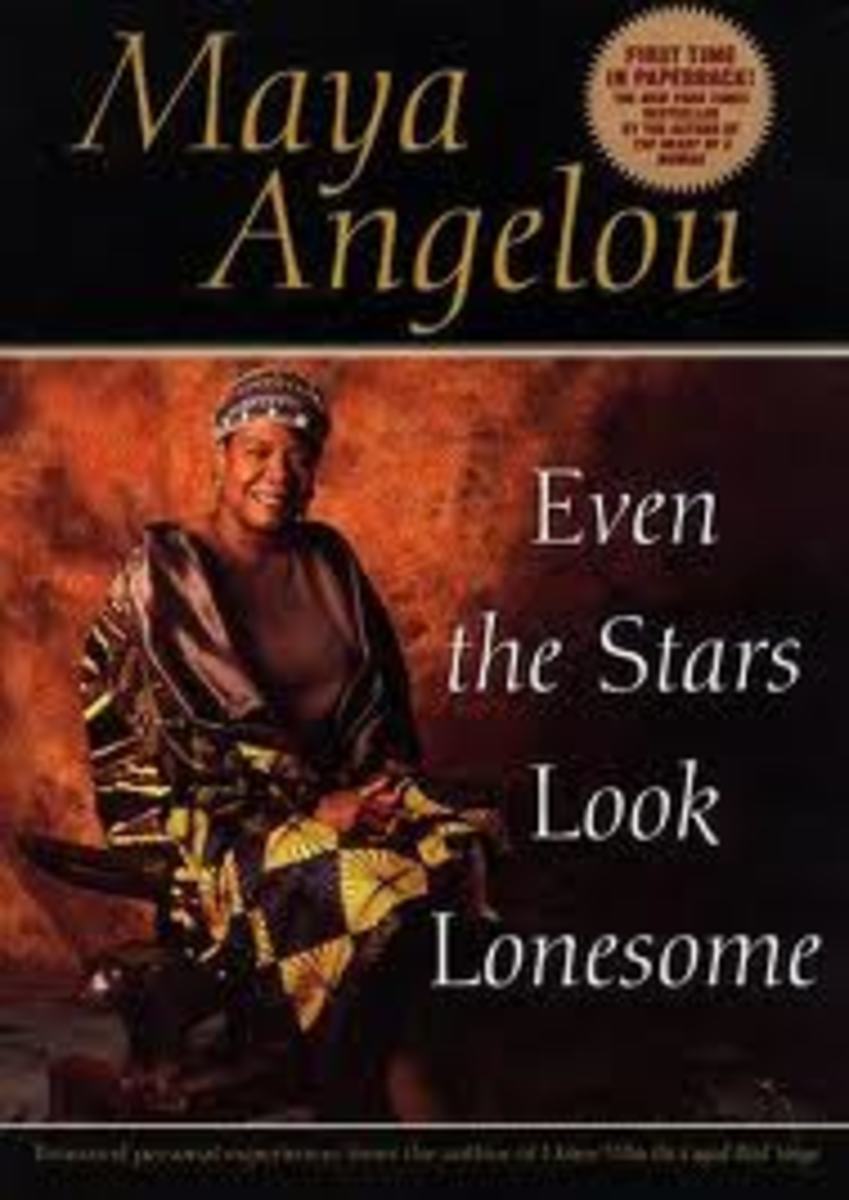Bridge to Terabithia (Using Fantastic Approach in the Movie Analysis)
Bridge to Terabithia – an adaptation of a novel with the same title by Katherine Paterson – tells a story of two seventh-graders, Jessie Aarons and Leslie Burke, who use their imagination and bond as good friends to create a make-believe magical kingdom of their own. Terabithia, the ‘another world’ of Jessie and Leslie, embodies Jessie’s escape from the burdens of his real world – being an introvert who feels no support but only pressures from his dad, and is always being bullied by other young ones – and Leslie’s desire and way of opening her mind to the things beyond what is actually present. The juvenile minds and gifted talents of the two main characters (Jessie’s hand in drawing and painting, and Leslie’s mouth in telling stories) set imaginations in building fantasized world and creatures in the story which seem to serve as their refuge from the restriction, pressure and scarcity they are experiencing in reality.
Primarily, the movie has attained the fulfilment of a requirement to qualify the phenomenon present – Jess and Leslie creating Terabithia – as its fantastic feature in general. Terabithia is situated in a forest just near the farm owned by Jess’ father – situated where they, in reality, live. At first, Jess cannot envision and feel the creatures Leslie can feel and see. Jess has been dreaming of fantasies, yet it slowly fades because of the deficiencies he has. Leslie comes in to help him open his mind, imagine and see that Terabithia’s real. These manifestations of the characters give emphasis to the hesitation of the main character towards distinguishing Terabithia as something that he would be able to perceive or not. As the movie presents, daily, every after their class, Jess and Leslie go there to mingle with what they call Terabithians. Even outside Terabithia, Jess and Leslie talk about it, as if it is truly part of their reality and everyday living. On these manifestations come the expression of acceptance and seeing Terabithia as a wonderful and perceivable ‘another world’ from the characters. Generally, these acts of Jess and Leslie also influence the way audience see and consider the story and Terabithia itself – hesitation on its being supernatural and being closely related to reality.
Aside from considering the hesitation between natural and supernatural which is evident among the characters, and which is even possible among the viewers of the movie themselves, the presence of 3 significant taboo themes is also qualified as the movie’s fantastic feature. These themes are: violence, impudence and hate, and a character’s offense to God. Violence is greatly seen from the scenes of kids bullying one another, and Jess and Leslie’s fight against dark creatures in Terabithia. Hate and disrespect are seen, on the other hand, by Jess towards his father. The way Leslie raise questions about God and the Bible is another society-forbidden theme present in the movie.
The movie is basically under the sub-genre of Fantastic Uncanny – looking at Terabithia as a phenomenon that is intact with and closely related to what reality is. Terabithia, as it can be explained in a rational manner, mirrors what Jess and Leslie essentially want to reach or to be in. The magical kingdom of the two youngsters explains their desire to get out of the hardships they are experiencing from the real world and to live a life which is as ‘magical’ as Terabithia.
References:
Websites
Bridge to Terabithia (movie analysis). Retrieved from: http://www.capalert.com/
Movie Review: Bridge to Terabithia. Retrieved from: http://www.umc.org/site/

